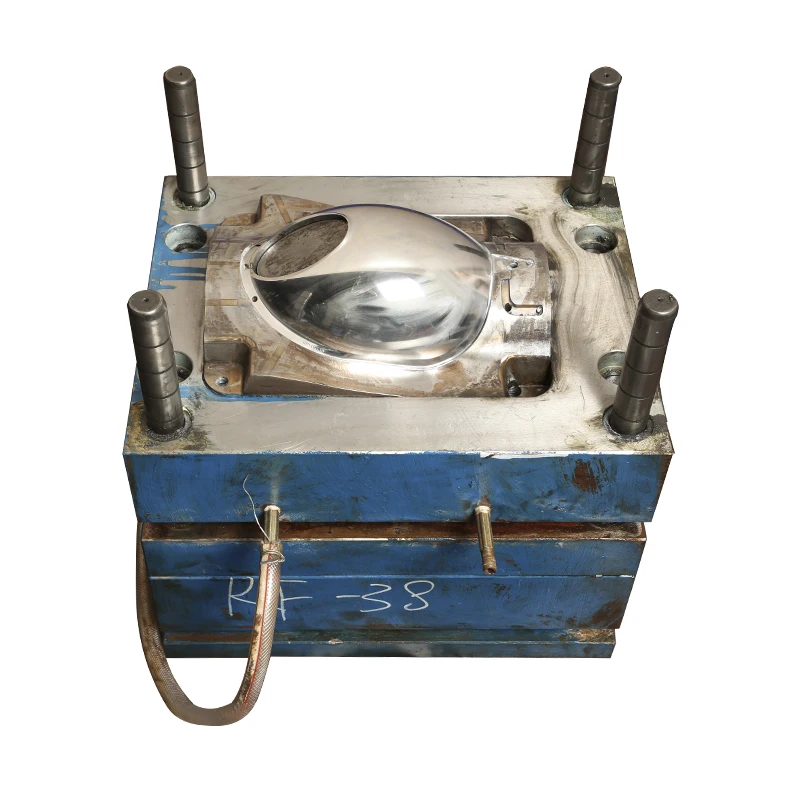Medical-grade plastics injection molding is a critical process in the manufacturing of medical devices and components. This technique involves the use of high-quality, biocompatible plastics to produce parts that meet stringent regulatory standards. The process is favored for its precision, cost-effectiveness, and ability to produce high volumes of consistent, reliable parts. In this article, we will explore the benefits, materials, and standards associated with medical-grade plastics injection molding.
Benefits of Medical-Grade Plastics Injection Molding
Medical-grade plastics injection molding offers numerous advantages, making it the preferred method for producing medical devices and components:
Precision and Consistency: The injection molding process ensures high levels of accuracy and repeatability, which is crucial in the medical industry where even minor deviations can lead to significant issues.
Cost-Effectiveness: While the initial tooling costs can be high, the overall cost per part decreases significantly with high-volume production. This makes medical-grade plastics injection molding a cost-effective solution for large-scale manufacturing.
Material Versatility: A wide range of medical-grade plastics can be used in injection molding, each offering unique properties that make them suitable for different applications. This versatility allows manufacturers to select the best material for each specific use case.
Compliance with Regulatory Standards: Medical-grade plastics used in injection molding must meet strict regulatory requirements, ensuring that the final products are safe and effective for medical use. This includes compliance with standards such as ISO 13485, ISO 10993, and FDA regulations.
Durability and Sterilization: Medical-grade plastics are designed to withstand harsh environments, including repeated sterilization cycles. This durability ensures that the products remain safe and functional throughout their lifecycle.
Common Materials Used in Medical-Grade Plastics Injection Molding
Several types of plastics are commonly used in medical-grade plastics injection molding, each offering specific benefits:
Polycarbonate (PC): Known for its high impact resistance and transparency, polycarbonate is often used in applications where visibility and durability are essential, such as in medical panels and housings.
Polypropylene (PP): This plastic is valued for its resistance to high temperatures and chemicals, making it suitable for products that require steam sterilization, such as syringes and containers.
Polyethylene (PE): Polyethylene is biocompatible and resistant to chemicals and moisture, making it ideal for medical implants and tubing.
Polyetheretherketone (PEEK): PEEK is a high-performance thermoplastic known for its exceptional resistance to chemicals, heat, and radiation. It is often used in surgical implants and other high-stress applications.
Silicone: Silicone is flexible, biocompatible, and resistant to extreme temperatures, making it suitable for a variety of medical applications, including prosthetics and catheters.
Regulatory Standards for Medical-Grade Plastics Injection Molding
Compliance with regulatory standards is a critical aspect of medical-grade plastics injection molding. Some of the key standards include:
ISO 13485: This standard outlines the requirements for a quality management system specific to medical devices, ensuring consistent quality and regulatory compliance.
ISO 10993: This standard focuses on the biological evaluation of medical devices, ensuring that materials used are biocompatible and safe for use in medical applications.
FDA Regulations: In the United States, the FDA sets stringent guidelines for the safety, sterility, and effectiveness of medical devices. Compliance with these regulations is essential for any medical-grade plastic product.
Applications of Medical-Grade Plastics Injection Molding
Medical-grade plastics injection molding is used in a wide range of medical applications, including:
Surgical Instruments: Precision tools and components used in surgeries.
Diagnostic Equipment: Housings and parts for diagnostic machines.
Implants: Durable and biocompatible implants for various medical procedures.
Drug Delivery Systems: Components for devices that administer medication.
Orthopedic Devices: Parts for prosthetics and other orthopedic applications.
Conclusion
Medical-grade plastics injection molding is an indispensable process in the medical industry, offering unmatched precision, cost-efficiency, and compliance with regulatory standards. By leveraging the unique properties of medical-grade plastics, manufacturers can produce high-quality, reliable medical devices and components that meet the stringent demands of the healthcare sector. As the industry continues to evolve, medical-grade plastics injection molding will remain at the forefront of medical device manufacturing, driving innovation and improving patient outcomes.

.jpg)

.jpg)